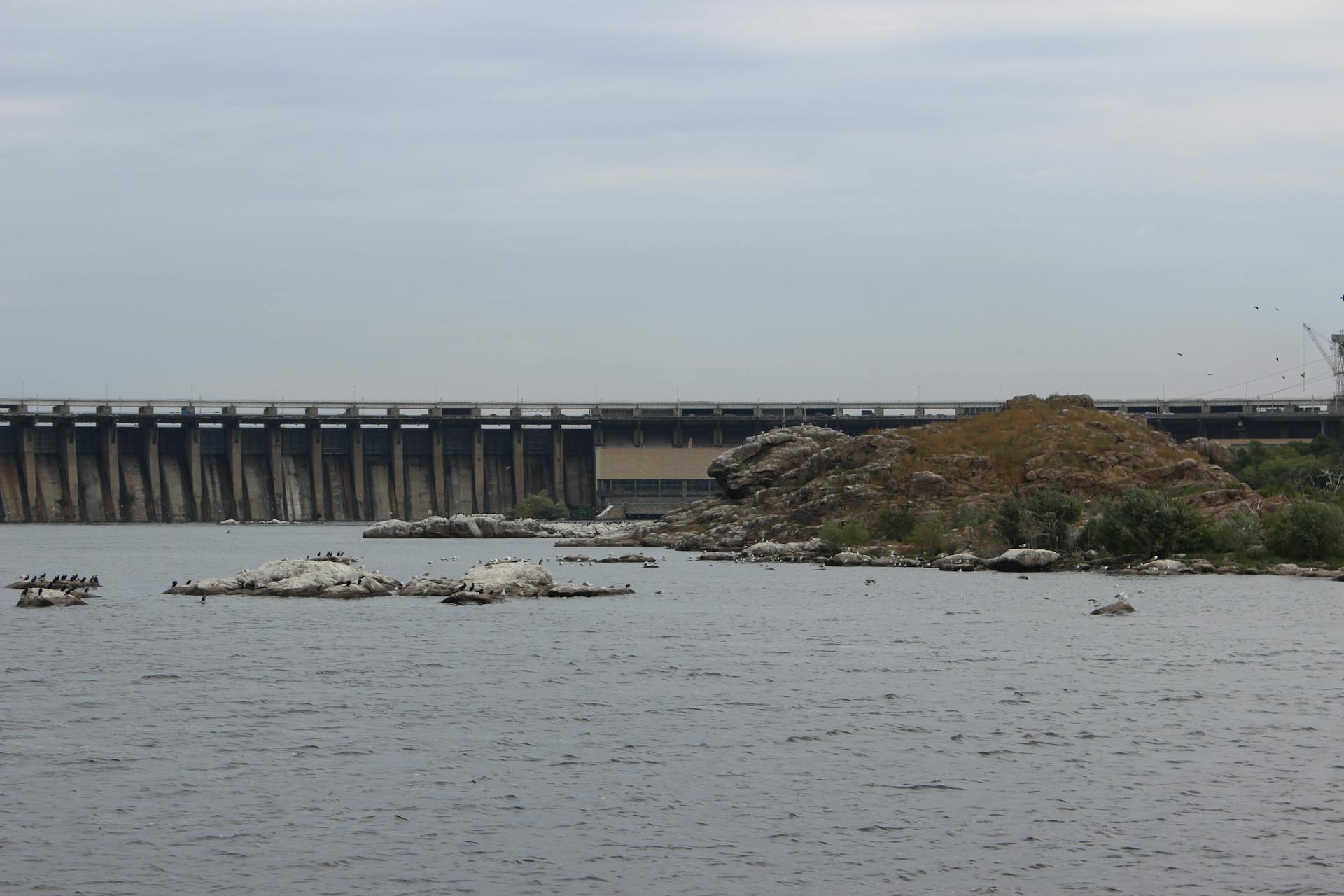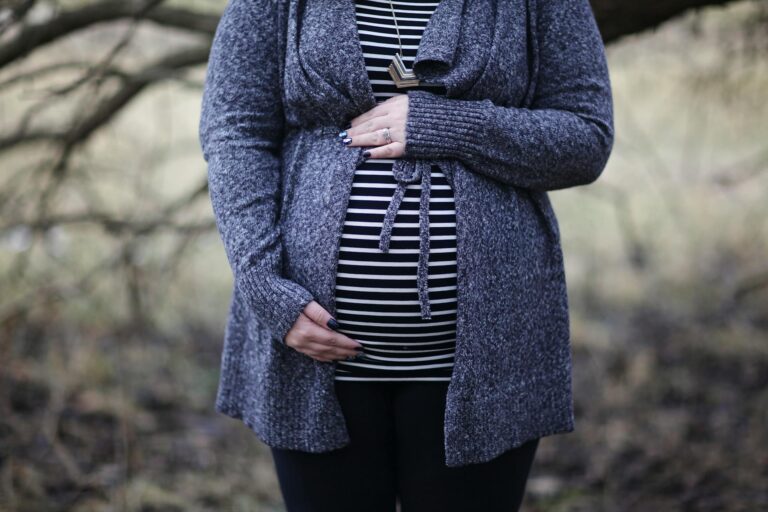This week, river levels in the St. Louis area have risen sharply, causing minor flooding in several areas. The increase in water levels has been significant enough to draw attention from both locals and authorities. It marks a major flooding event for the region after a long period without such issues. Mark Fuchs, senior service hydrologist at the National Weather Service in St. Louis, commented on the event, “It was kind of a wakeup call, right? We haven’t seen flooding here in a long time. And to have that large scale of an event that involved both the Mississippi and Missouri and Illinois (rivers),” he said, underlining both the scale and surprise brought by this flood.
Current Flooding Impacts
- St. Louis Riverfront, the floodwaters are now reaching well-known city landmarks. Notably, water is starting to cover some of the steps leading up to the Arch. The Mississippi River has risen to a notable height, just below 30 feet, which approaches the threshold for minor flooding in downtown St. Louis.
- Receding Waters, Although the river has reached these high levels, it is now beginning to recede, and the water levels are expected to keep dropping. Local authorities anticipate that by Friday afternoon, levels will drop below critical stages, easing concerns in the region
Regional River Conditions
- Alton, IL, In Alton along the Mississippi River, there’s still minor flooding occurring. This situation is likely to persist until early next week despite the river cresting already.
- Missouri River, The Missouri River near Hermann, Washington, and St. Charles showcases similar behaviors with crests reached and declining water levels noted thereafter. Notably in St. Charles, a peak of 27.61 feet was recorded late Tuesday.
Forecast and Future Flood Risks
The current patterns suggest that although present flood risks may weaken after crests pass. However, continued vigilance is necessary as conditions could change rapidly based on upcoming meteorological trends.
Hydrologist Mark Fuchs spoke optimistically about the upcoming weather, saying, “There’s still a possibility that intense rainfall over a concentrated area could lead to flooding. However, I don’t expect the major rivers to experience flooding like we recently saw.” This hope comes from current weather predictions that do not foresee rain amounts that would cause comparable flood levels soon.
Drought Improvement and Environmental Benefits
The recent heavy rains have led to some positive outcomes,
- Drought Relief, the downpour has significantly eased the harsh drought conditions previously seen across the region. According to the U.S. Drought Monitor, no part of the area is currently experiencing severe drought. Only 19.5% of the state is in any sort of drought condition now.
- Agricultural and Ecological Impact, the increased moisture has benefited soil health immensely, which helps both farming and natural ecosystems thrive better.
Supporting local agriculture and helping to balance local ecosystems that have suffered during the drought.
Community and Safety Measures
The region has implemented several safety measures in response to flooding,
- Flood Warnings, A flood warning remains until early Sunday morning for areas along the Mississippi River in St. Louis, as well as upstream and downstream regions.
- Safety Advisories, the Coast Guard advises boaters to steer clear of the river due to debris and rough conditions. LCDR. Sarah Rodino emphasized caution, stating, “If you’re a recreational boater, you should be particularly careful and be sure to wear a life jacket and avoid the river if possible.”
Local Authorities and Community Preparedness
The Missouri Levee and Drainage District Association is dedicated to keeping communities aware and prepared for higher water levels.
Community Engagement, they are focusing on raising awareness about rising waters within the community. The importance of being aware of river conditions cannot be overstated, and locals are encouraged to keep a close eye on river stages, levees, and flood gates.
Governor’s Response to Ongoing Drought
Although conditions have improved, Missouri’s Governor Mike Parson has decided to extend the drought alert. This decision aims to keep the state ready for any possible worsening of the dry conditions. The alert will continue until September 1, especially in areas that are still experiencing dry to moderate drought conditions.
Conclusion, Facing the Challenges Ahead
In St. Louis, addressing this minor flooding situation involves collaborative efforts from meteorologists, government officials, and local communities. Working together is vital not only to manage the situation at hand but also to prepare for potential future environmental challenges. Such proactive measures are crucial for ensuring public safety, preserving environmental health, and maintaining economic stability in the face of fluctuating river levels.











+ There are no comments
Add yours